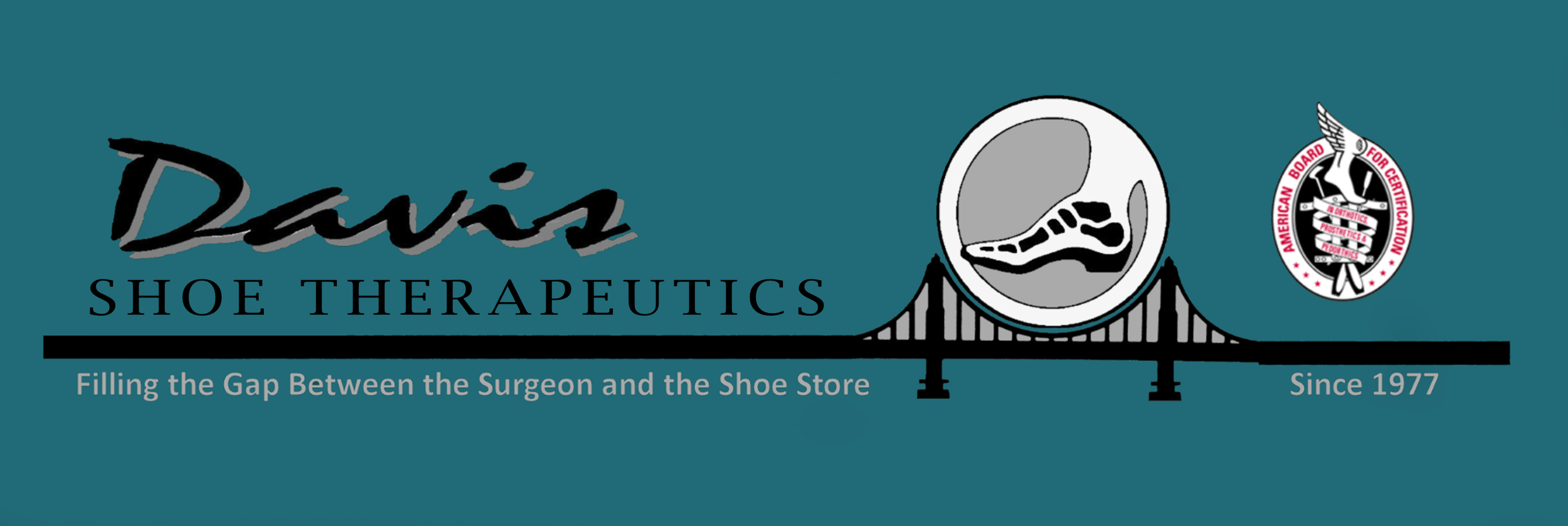Diabetes
Diabetes
Diabetes
It is not the disease itself that makes professional shoe fitting so important, it’s the loss of protective sensation that often gets people with diabetes in trouble. 80% of all below knee amputations in this country are performed on people with diabetes whose problem started with a foot ulcer most commonly caused by improper footwear. That is why diabetes is the only condition in which Medicare and other medical insurance will cover therapeutic footwear. It has been proven that it saves limbs and saves money to the system.
$ Self-Help
If you have good sensation and no foot deformities or callouses, you can get by with normal comfort footwear purchased in a shoe store.
$$ Pedorthist
If you have diminished sensation, but no foot deformities or callouses, you should be fitted by a professional with ready-made in-depth footwear and with a soft ready-made insert. Sometimes the ones that come with the shoes are ok.
$$$ Pedorthist
If you have diminished or absent protective sensation (diabetic neuropathy), mild deformities (hammer toes and bunions), and callousing on the bottom of the foot, you should be fitted by a professional with ready-made in-depth footwear with soft uppers and a custom accommodative insert. Rocker bottoms soles are also helpful in dispersing pressures to the forefoot and toes.
$$$$ Pedorthist or Custom Shoe Maker
If you have no sensation, profound foot deformities, callouses, or a history of ulcers, toe or forefoot amputations, you should be fitted with custom molded shoes with rigid rocker bottom soles. If one of your feet is completely collapsed, or if you’ve had an amputation of the forefoot, high top boots would be advised, and in some instances, a brace boot would be prescribed.
$$$$$ Pedorthist of Custom Shoe Maker
Dress shoe designs are available for people with diabetic neuropathy, but they are for occasional wear and would be a bit on the bulky side as compared to store bought dress shoes.



